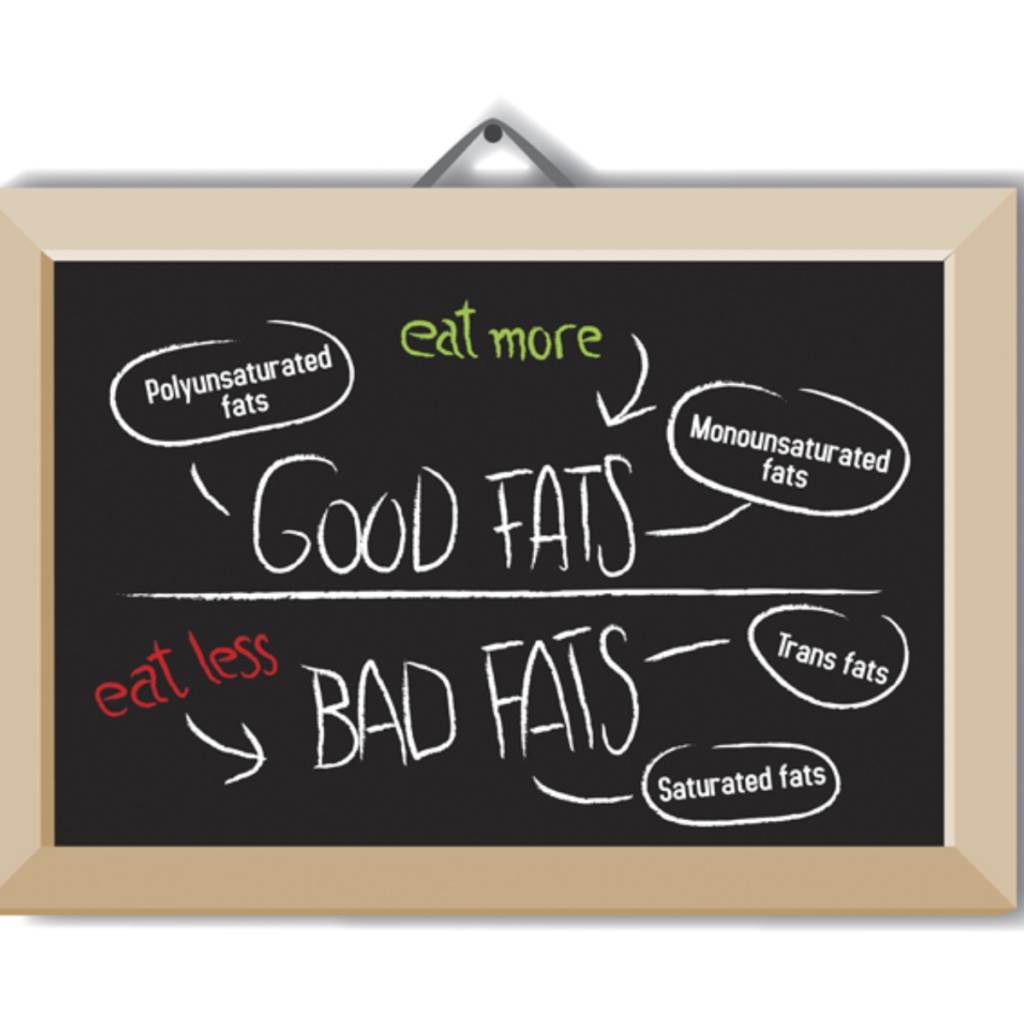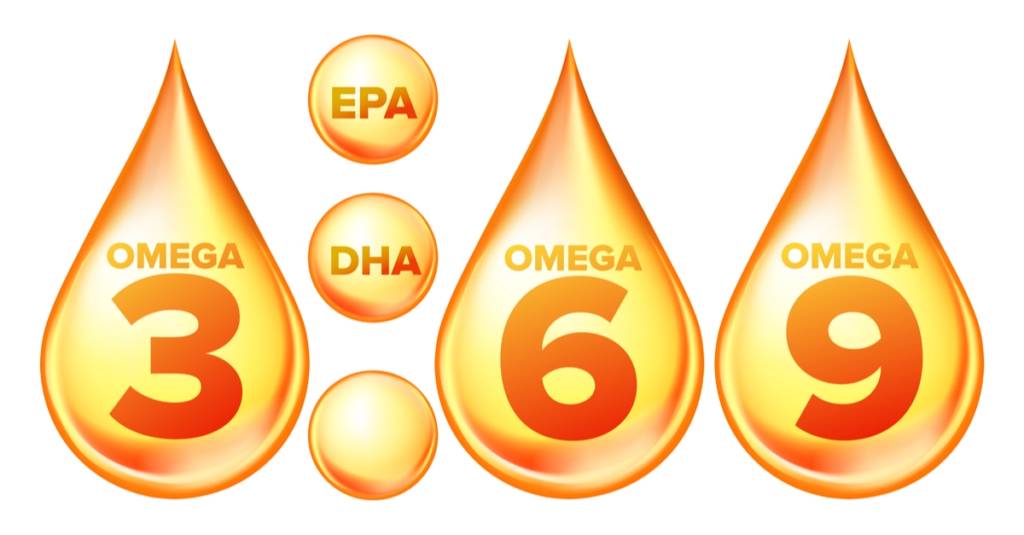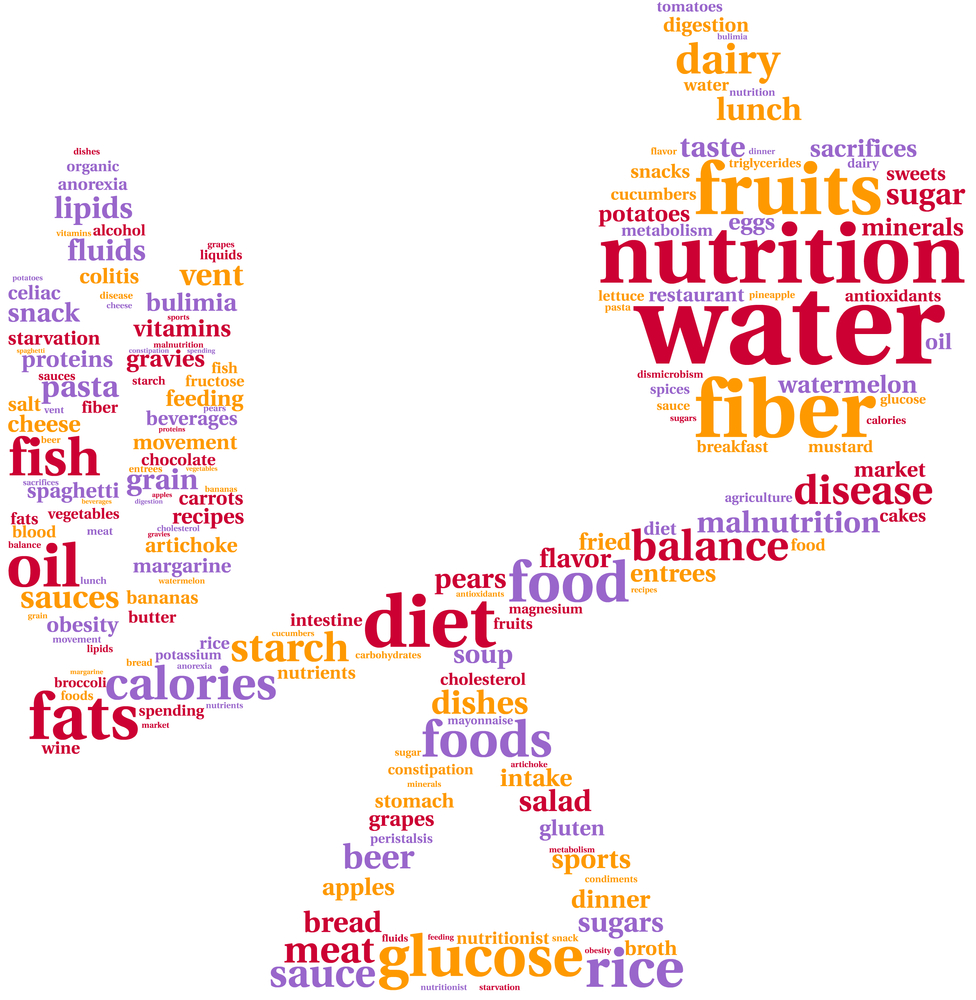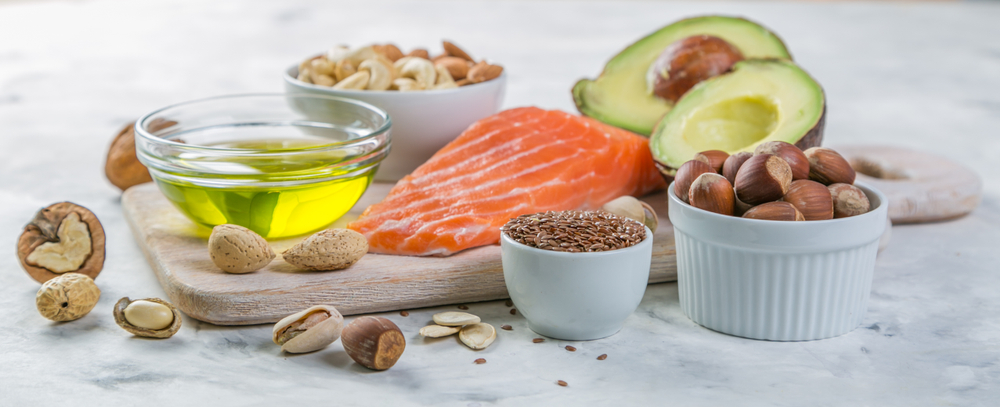Thank you for all listening to my second talk on basic nutrition. This week was all about Fat. We all know that fat can get a bit of a bad name for itself but eaten in moderation and also the right types of fats, its essential for keeping us healthy!! This post is all about:
- The Different types of fatty acids
- Healthy vs unhealthy fats.
- Fats in the Diet – how they function
Fat is the richest source of dietary energy available in the diet and so can readily contribute to weight gain. The structure of the building blocks of dietary fat – fatty acids – determines their health effects. Some fatty acids are essential components of the diet and can be beneficial whilst others can be detrimental. As with most nutrients, recommendations exist to help establish dietary balance.
Fat is made up of different types of fatty acids, some of which are essential for health in small amounts. Fatty acids are usually classified as saturated, monounsaturated or polyunsaturated depending on their chemical structure. Among the polyunsaturates there are further structural differences which determine whether the fatty acid is known as an omega 3 (n-3) or omega 6 (n-6) fatty acid. These structural differences directly influence health effects, with mono- and polyunsaturated usually being associated with health benefits when consumed as part of a varied diet. The exception to this is trans fatty acids, which are unsaturated in terms of their structure but behave in the body like saturated fatty acids.
Types of Fats: Healthy vs Unhealthy fats
Vegetable oil, and avocado fats all tend to be seen as healthy fats. Butter, beef fat, and cheese fat all tend to be viewed as unhealthy fats. In this case the healthy fats are unsaturated fats (cis and trans fatty acids), while the unhealthy fats are saturated fats. There are some fats which are even more unhealthy, and these are trans fats.

Trans fats are actually a type of unsaturated fat, so you would think that they would at least be more healthy than saturated fats. Trans fats occur seldom in nature but are produced naturally in the rumen of cows and sheep (ruminants) and so are present naturally in milk, beef and lamb. The rumen plays an essential role in a cow’s digestive process.
Very few trans unsaturated fats exist naturally; rather, they are created through a process called hydrogenation. They have been targeted for reduction because they have been shown to have similar effects in the body to saturates (raise blood LDL cholesterol) but they also reduce HDL cholesterol, which means that their effect is more detrimental than saturates. They also influence other heart disease risk factors.
Good progress has already been made by the food industry to remove trans fatty acids from the food chain and average intake in the UK is now thought to be 0.7% (and so below the target of less than 2% of energy intake).
Essential fatty acids
The body can make the fatty acids it needs except for two, known as alpha linolenic acid (omega-3) and linoleic acid (omega-6) fatty acids. These are called the Essential Fatty Acids (EFAs) as they must be supplied in the diet. From these fatty acids we can make others which are important for health. From omega 3 linolenic acid we make EPA (eicosapentaenoic acid) and DHA (docosahexaenoic acid). From Omega 6 linoleic acid we make arachidonic acid

A few examples: Omega 3 & 6
Oily fish and fish oil supplements and also the meat or eggs of animals fed omega 3 (n-3) fatty acid-enriched diets are rich sources of Omega 3. Arachidonic acid (a long chain omega-6 fatty acid) is found in small amounts in meat (especially pork and the dark meat from chicken and turkey) and in some nuts (walnuts), sunflower oil and seeds.
Fatty acids in foods
All dietary sources of fat contain both saturated and unsaturated fatty acids but are sometimes described as ‘saturated fat’ or ‘unsaturated fat’ according to the proportions of fatty acids present. Generally, saturates are solid at room temperature and tend to be derived from animal sources. Most unsaturated are liquid at room temperature and are usually vegetable fats
A few exceptions: Palm oil is a vegetable oil which contains a high percentage of saturated fatty acids. Vegetable and fish oils can also be hardened by a process known as hydrogenation. Some of the unsaturated fatty acids become fully saturated, and some trans fatty acids may be formed. Hydrogenated oils have traditionally been used in the manufacture of margarine and cooking fats. However as discussed above, in recent years, because of concern about the health implications of high trans fatty acid intakes, manufacturing practices have changed considerably, resulting in a reduction in the trans fatty acid content of the diet.
Fat has a number of important functions as a nutrient
It is a concentrated source of energy, 1g of fat provides 37kJ (9kcal), more than double that provided by either protein or carbohydrate. It is the carrier for fat-soluble vitamins A, D, E and K.
It is the source of the essential fatty acids (EFAs), linoleic acid (omega-6) and alpha linolenic acid (omega-3).
Dietary EFAs and fatty acids synthesised from them, are incorporated into phospholipids in cell membranes and therefore are important in the formation of cell membranes particularly in nerve tissue. EFAs are converted into prostaglandins and other biologically active compounds known as eicosanoids, which control biochemical reactions inside cells.
Fat and coronary heart disease (CHD)
A high fat intake especially saturates has been associated with a raised blood cholesterol level, which is one of the risk factors for coronary heart disease. Diets rich in saturated fatty acids are associated with the development of insulin resistance and dyslipidaemia (abnormal blood fat levels) as part of the ‘Metabolic Syndrome’ (a cluster of risk factors for cardiovascular disease) that is associated with increased risk of type 2 diabetes. On the other hand, mono- and polyunsaturates are associated with reduced blood cholesterol levels and a particular role in heart health has been established for dietary sources of the long chain omega-3 fatty acids (EPA and DHA) present in oily fish
Fat and obesity
Fat is a concentrated source of energy, and foods that are high in fat provide a lot of energy. Fat may have a less satiating (filling) effect than other food components (e.g. protein and fibre). This means it is easier to consume an excess of energy when eating a high fat diet. If energy intake and expenditure are unbalanced then the excess energy is stored in the body as fat, which may over time result in an individual becoming overweight or obese.

Key Points
- Fat is made up of different types of fatty acids, some of which are essential for health in small amounts.
- Fatty acids are usually classified as saturated, monounsaturated or polyunsaturated depending on their chemical structure.
- Among the polyunsaturates there are fatty acid known as an omega 3 (n-3) or omega 6 (n-6).
- mono- and polyunsaturates usually associated with health benefits when consumed as part of a varied diet.
- The exception to this is trans fatty acids, which are unsaturated in terms of their structure but behave in the body like saturated fatty acids. A high intake of saturated or trans fatty acids can have adverse effects on health.
- Fat provides energy; 1 gram provides 37 kJ (9 kcal). Foods that contain a lot of fat provide a lot of energy.
- Fat is a carrier of fat-soluble vitamins and is necessary for their absorption.
- In the UK, saturates currently contribute 12.7% of food energy in adults, which is above the recommendation of 11%, whereas average total fat intake is close to the 35% of food energy recommended for the population.
- Intake of trans fatty acids is now well below the population recommendation of no more than 2% of food energy, at 0.7%.
- In the UK, intakes of omega-6 polyunsaturated (principally linoleic acid) are close to the recommendation of 6.5% of dietary energy, but intakes of the long chain omega-3 fatty acids found in fish oils are low compared to recent recommendations.
Thank you for reading
Fiona Waring
Dip Nut, BSc.(Hons), MSc PHN, ANutr
Nutritional Therapist
M: +44 07957 267 964
eatyourgreens@fionawaring.com
‘Registered with the Association for Nutrition – www.associationfornutrition.org
Protecting the public and promoting high standards in evidence-based science and professional practice of nutrition.’
